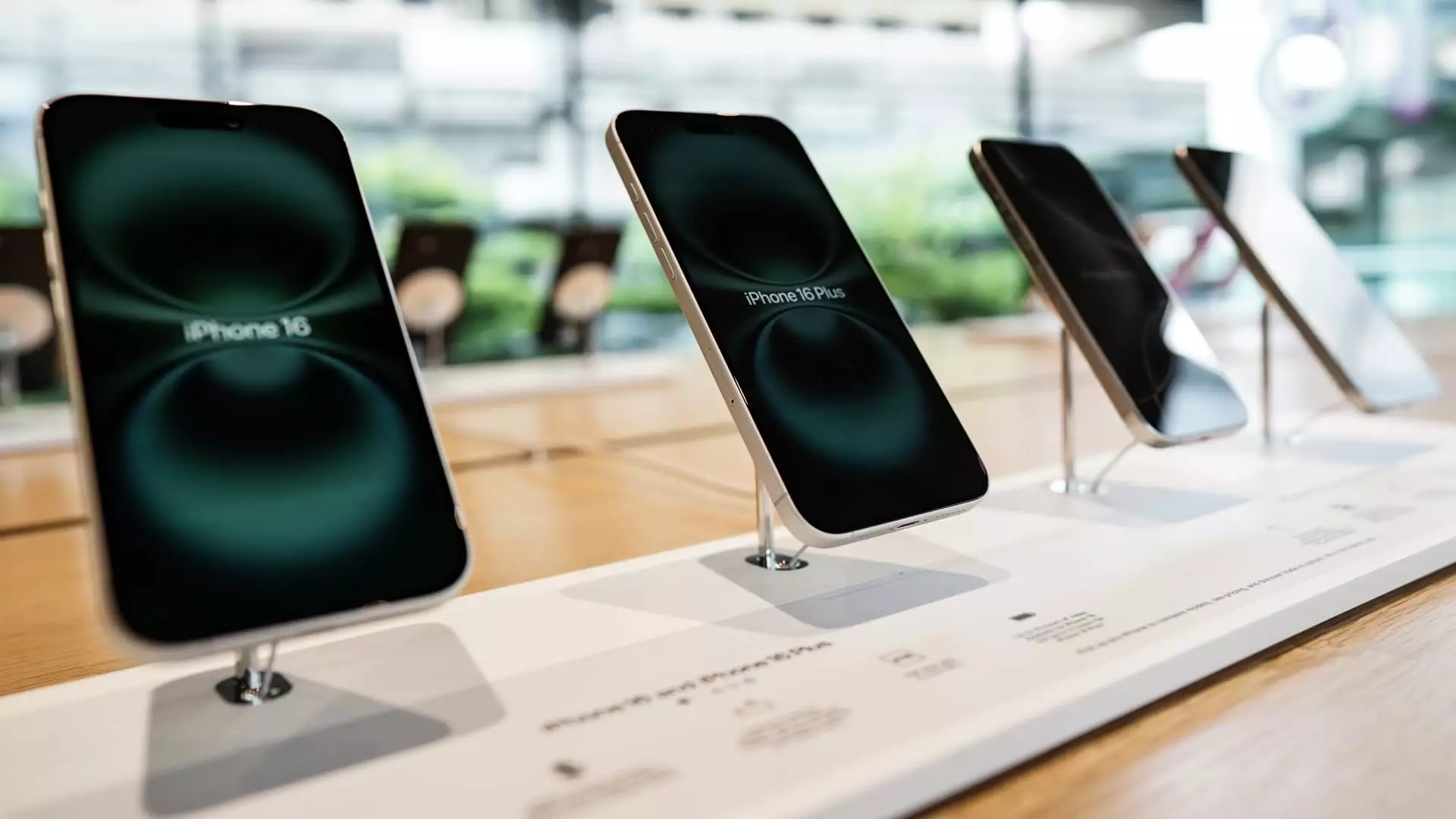Craig Moffett, a highly respected analyst in the tech industry, recently shed some uncomfortable light on Apple’s ambitions to relocate iPhone assembly operations from China to India. In a reality check that many investors might not want to hear, he dismantled the notion that such a move could significantly reduce costs, especially in a landscape fraught with tariffs. While it sounds promising to “diversify” manufacturing, Moffett’s analysis reveals a fundamental truth: moving assembly points alone won’t solve the multilayered issues that tariffs create.
The assertion that shifting to India would provide a “menu of savings” looks appealing on paper, but the reality is more complex. Most of the iPhone components are still manufactured in China, meaning the primary cost drivers—tariffs—remain unchanged. More than a mere supply chain adjustment, a substantial rethink about the product life cycle and market dynamics is necessary. Such a transition isn’t merely logistical; it’s doctrinal. Apple’s supply chain has grown intricately tied to China, and uprooting that system is akin to changing the course of a river.
The Reality of Supply Chain Limitations
Moffett’s insights push the dialogue about Apple’s supply chain constraints to the forefront. One of the core challenges is the full settler mentality that Apple has adopted over decades. While diversifying to India might seem like a savvy move, Moffett argues that it falls short of addressing the supply chain anchored firmly in China’s well-established manufacturing ecosystem. The infrastructure, skilled labor, and raw materials necessary for high-quality production are not easily replicated.
This issue transitions from a mere economic concern to a strategic impasse—Are we willing to pay more for uncertain quality just to feel less “China-reliant”? The fierce competition in the mobile landscape means quality must remain high, and any missteps in production can have catastrophic consequences for brand loyalty. Apple may pride itself on premium quality, but maintaining these standards while shifting operations remains an uphill battle.
Investor Sentiment and Stock Valuation
Market sentiment surrounding Apple shares has already started to shift, as evidenced by Moffett’s decision to downgrade the stock price target from $184 to $141. While the figure may feel disheartening for many investors, it forces a critical conversation around valuation and market performance. Moffett’s analysis doesn’t suggest that Apple is in decline but rather emphasizes caution as consumer demand could wane in a challenging macroeconomic environment.
A 33% drop in target price implies a level of pessimism regarding future sales, particularly as the burden of tariffs influences both pricing and consumer behavior. Moffett, despite holding a fundamentally positive view of Apple’s operations, cautions against ignoring these seismic shifts. A discerning investor should be prepared for the possibility of sluggish sales and an array of challenges that seemingly excellent companies face when entering a crisis-laden marketplace.
The Tariff Dilemma and Consumer Reaction
What makes this issue even more complex is the consumer response to escalating costs. Moffett highlights that major carriers are unwilling to absorb the additional costs associated with tariffs, leaving that burden onto the consumer. In practical terms, this means iPhone prices could skyrocket, pushing some potentially loyal buyers to reconsider their choices and look at lower-priced alternatives.
In a highly competitive market, the repercussions could be vast. With the likes of Huawei and Vivo capturing greater market shares in China, Apple’s attempt to sustain its oasis of luxury is increasingly threatened. The potential fallout includes extended holding periods for existing devices and a slower pace of upgrades, which could dent sales figures and dampen brand enthusiasm.
Social and Political Backlash
Finally, Moffett’s analysis doesn’t shy away from mentioning the political dimensions affecting Apple’s sales potential in China. The emerging backlash against American brands due to rising nationalism can significantly alter consumer sentiment. As local competitors gain traction and government sentiment shifts, Apple may find its once dominant position increasingly vulnerable.
At its core, Moffett’s stance is a wake-up call for those heralding the idea of a robust shift to India. While the vision of diversified manufacturing may resonate with an ethos of economic independence, the reality as portrayed by Moffett is far less sunny. Caution and a re-evaluation of expectations are in order, as Apple navigates what’s clearly a complex and challenging landscape.

